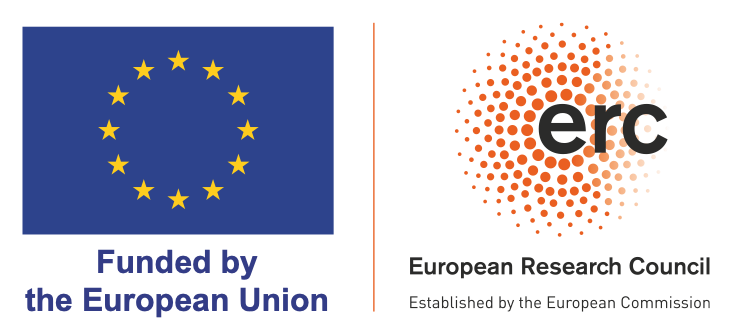Welcome to the Born Once - Die Once project website!
Call for Papers Now Open
Join us in Odense for our ERC workshop A Unified Perspective on Formation and Dissolution Processes in Demography. Deadline: December 19, 2025.
View full call for papers and details →The project
Birth and death are key drivers of population change. While mortality follows well-established regularities —eight in particular— fertility remains harder to forecast, and this uncertainty leads to much of the error in population projections. More information can help reduce uncertainty and might be hidden in currently unexplored regularities of fertility. To find those patterns, Born Once – Die Once asks a simple, generative question: do the same regularities that organize death also structure birth?
Early evidence suggests they might. The Gompertz law’s exponential rise in mortality risk appears to have a parallel in childbirth, and the long-run linear increase in record life expectancy seems mirrored by a linear rise in record “birth expectancy.” Building on these clues, the project adapts formal demographic models from mortality to fertility, tests the suite of mortality regularities on birth patterns, and develops improved tools for modeling population renewal.
We then extend this mirrored approach from individuals to collectives. Couples, families, and households are treated as “social individuals” that form (are “born”) and dissolve (or “die”). By analyzing formation and dissolution data, we seek general rules that describe these trajectories over time and across contexts.
Our goal is a shared theoretical framework for birth and death—across systems and scales—that sharpens forecasts, unifies concepts, and equips researchers with a practical toolbox. By aligning the study of formation, dissolution, renewal, and aging, Born Once – Die Once aims to strengthen the foundations of the population sciences and open a new, transdisciplinary line of inquiry.

